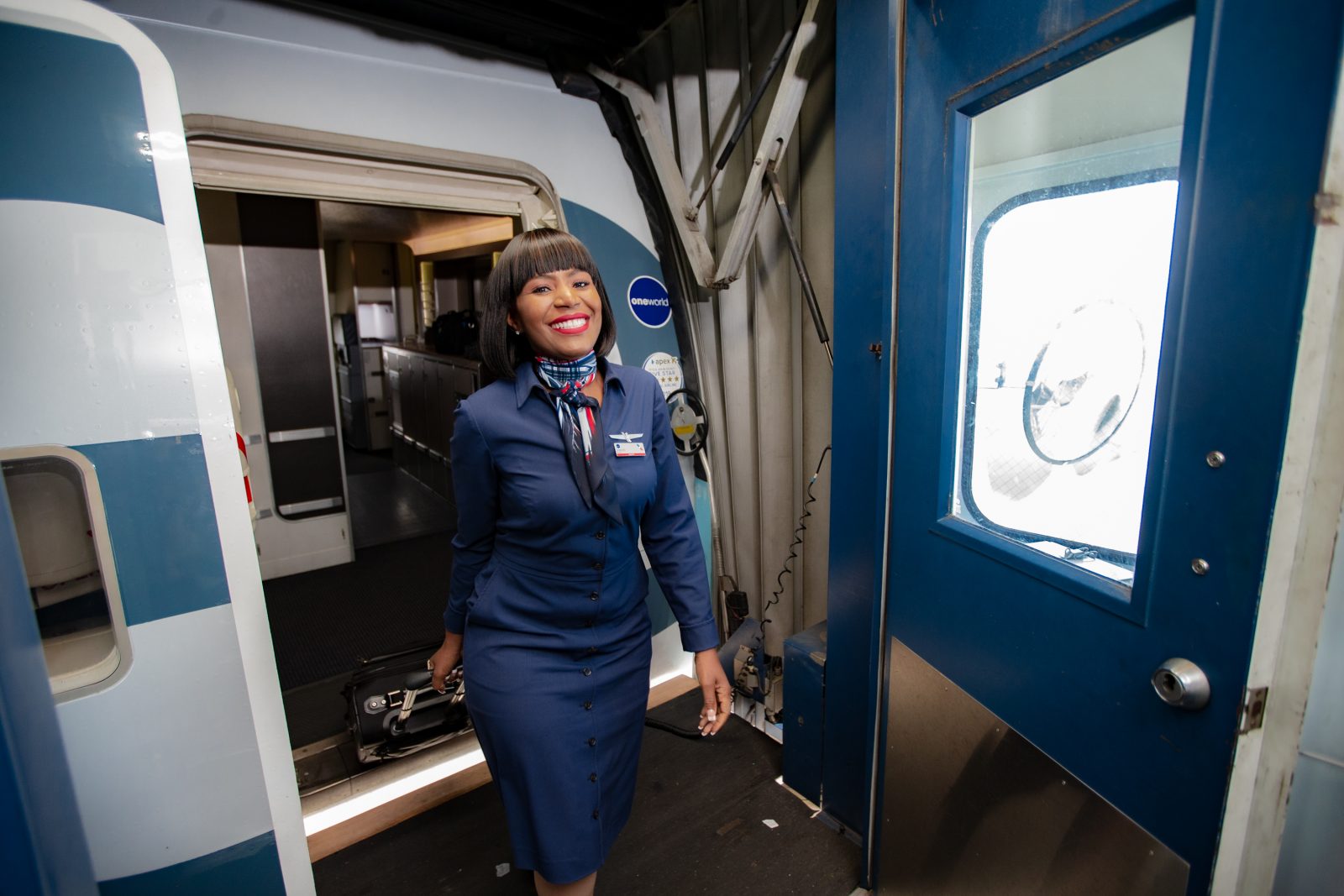
A federal judge has thrown out a class action lawsuit against American Airlines and former uniform manufacturer Twin Hill after nearly eight years of litigation stemming from allegations that a uniform given to pilots, flight attendants, and other front-line employees caused horrific reactions, including rashes, hives, breathing difficulties, and headaches.
First filed in an Illinois district court in August 2017, the lawsuit has finally come to an end, with American Airlines and Twin Hill winning their bid for summary judgment on the grounds that the victims lack sufficient evidence to prove that the uniforms caused their symptoms.
The story behind the toxic uniform scandal started in 2015 when American Airlines first partnered with workwear specialist Twin Hill to produce a new line of uniforms for 65,000 pilots, flight attendants, and customer service agents.
Initial wear tests among a small group of employees highlighted potential reactions to the garments, but independent scientific testing of the material concluded that while two chemicals found in the uniform had the potential to cause “sensitization,” all the other chemicals were unlikely to cause reactions.
A second wear test in Fall 2015 resulted in some employees reporting a chemical-like smell from the uniforms, but again, the testing company said that the chemicals it found in the garments lacked irritation potential.
Having been given the all-clear, American Airlines rolled out its new uniform in September 2016, and it wasn’t long before the carrier was inundated with complaints from employees about their new threads via a special hotline and webpage created by flight attendant unions.
In a summary of the case, U.S. District Judge John Tharp Jr. wrote: “Over the next several months, American employees submitted thousands of complaints of irritation and reactions through the call center and questionnaires.”
“While most attributed symptoms to direct wear, some described severe allergic reactions from merely being in the proximity of the uniforms.”
Within a month of the rollout, American Airlines was in damage limitation mode, allowing affected employees to go back to wearing their old uniforms or even buying off-the-rack alternatives.
More chemical testing was ordered, and yet again, no definitive link could be found between the Twin Hill uniforms and the symptoms being reported by airline staffers.
By this point, however, the damage to the new reputation of the uniform had already been done. Just months later, American Airlines announced it was ditching Twin Hill and had opted to work with Lands’ End on a second new uniform.
In the meantime, a group of airline employees filed a class action lawsuit against American Airlines and Twin Hill, presenting a number of expert witnesses who validated their claim that the allegedly defective uniforms were responsible for a host of medical conditions experienced by uniform wearers.
In the April 11 ruling that found in favor of AA and Twin Hill, however, the judge said that none of the expert witnesses’ testimony presented by the plaintiffs was admissible in court under federal rules of evidence.
The judge also questioned what role the Association of Professional Flight Attendants (APFA) played in a spike in toxic uniform complaints being received saying that the spike “coincided with an energetic public-relations campaign by the union, which created a website for submitting uniform-related complaints, broadcast it widely, and encouraged members to report issues with the new uniforms.”
“Even if the uniforms were non-defective and the rate of symptomology unremarkable, a new, easily accessible, and widely disseminated reporting portal, coupled with explicit encouragement from the union to use it, might have quite plausibly boosted complaint rates,” the judge wrote.
“Union messaging might have also compromised the complaint data itself. When circulating online questionnaires, APFA told its members that the Twin Hill uniforms were suspected of causing widespread health issues. Hearing that, employees would be more likely to consider and blame their uniforms for any symptoms they might experience.”
The judge pondered that this PR campaign may have been behind the reason that flight attendants were most likely to have reported a reaction to the Twin Hill uniform, with as many as 5,000 crew members reporting an issue with the uniform out of 7,000 total complaints from across the airline.
Related
Mateusz Maszczynski honed his skills as an international flight attendant at the most prominent airline in the Middle East and has been flying ever since... most recently for a well known European airline. Matt is passionate about the aviation industry and has become an expert in passenger experience and human-centric stories. Always keeping an ear close to the ground, Matt's industry insights, analysis and news coverage is frequently relied upon by some of the biggest names in journalism.







